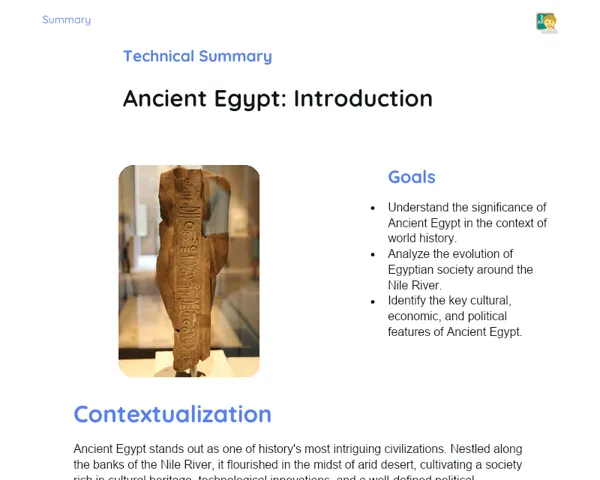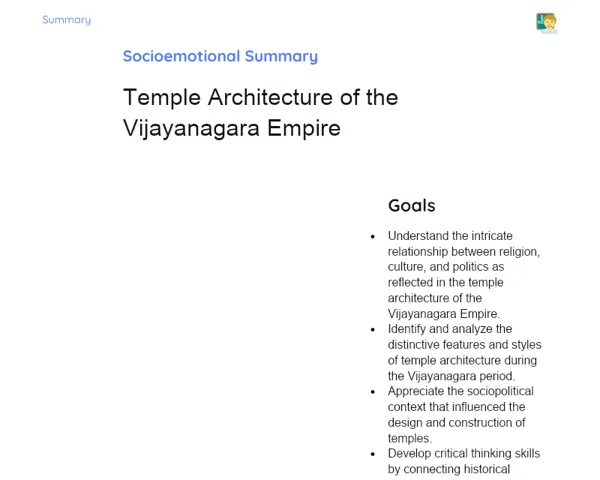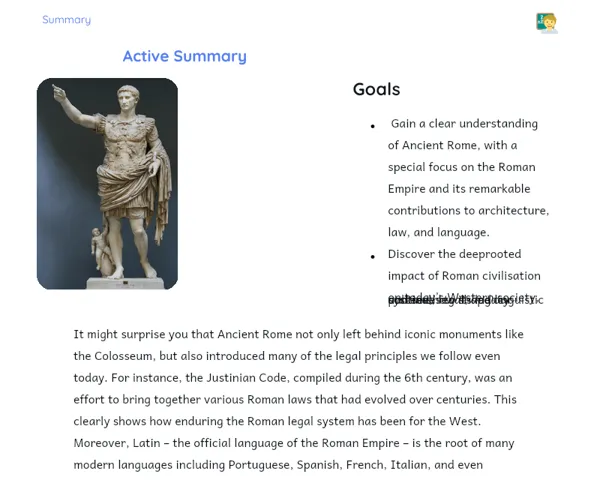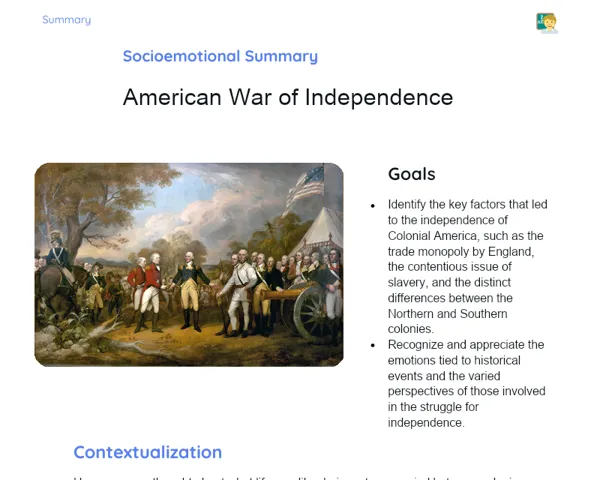Objectives
1. Comprehend the historical backdrop that led to the French Revolution and its key phases, including the shift from Absolute Monarchy to Constitutional Monarchy.
2. Examine the developments during the French Revolution, with a focus on the National Convention and the Directory, and their influence on politics, science, and geopolitics in Europe.
3. Cultivate critical and analytical skills to discuss and compare various stages of the French Revolution and their long-term effects.
Contextualization
Did you know that the French Revolution was one of the most significant events in modern history, impacting not just France but the whole world? It reshaped French politics and society while also laying down the principles of liberty, equality, and fraternity that continue to resonate today. The Declaration of the Rights of Man and of the Citizen, a pivotal document from the Revolution, inspired numerous constitutions around the globe. This movement not only altered the course of history for France but also sparked changes across Europe, affecting everything from the decline of monarchies to the rise of democratic and republican ideals.
Important Topics
Constitutional Monarchy
Following the French Revolution in 1789, the Constitutional Monarchy was established in 1791, replacing the absolutist system. This political structure acknowledged a constitution that curtailed the king's power and established a more balanced separation of powers, inspired by Enlightenment thoughts and the people's desire for more political engagement.
-
Limitation of royal power: The king no longer wielded unchecked power, and the constitution distinctly outlined the duties and rights of the monarch, introducing a mechanism for checks and balances.
-
Rise of Parliament: The system bolstered the role of parliament as a representative body of the populace, enhancing its influence in political decisions.
-
Declaration of Rights: The new framework encompassed a declaration of rights, influenced by the Declaration of the Rights of Man and of the Citizen, ensuring fundamental freedoms and safeguards against abuse of power.
National Convention
The National Convention served as a revolutionary legislative assembly governing France from September 1792 to October 1795, during a tumultuous period of strife and internal discord. This phase is noted for significant reforms, such as the abolition of the monarchy and the execution of King Louis XVI.
-
Political radicalization: The Convention experienced a split between the Girondins, advocating for a moderate approach, and the Jacobins, pushing for more radical reforms and instigating the Reign of Terror.
-
Social reforms and secularization: The Convention introduced various reforms, including the secularization of the state, redistribution of Church assets, and the adoption of a republican calendar.
-
Terror: The Reign of Terror, characterized by the execution of countless suspected traitors, illustrates the extremes of political conflict and the instability of the revolutionary regime.
Directory
The Directory succeeded the National Convention, governing France from 1795 to 1799. This era was a reaction to the radicalism of the Convention, defined by a more conservative governance approach and political stability, albeit rife with corruption and internal strife.
-
Restoration of order and stability: The Directory sought to restore stability following the Reign of Terror, aiming for a more temperate government and economic recovery.
-
Corruption and popular discontent: This regime was marked by rampant corruption and widespread dissatisfaction, highlighting the challenges of sustaining stability in the aftermath of revolution.
-
End of the Directory and rise of Napoleon Bonaparte: The coup of 18 Brumaire (November 1799) ended the Directory, paving the way for the Consulate, with Napoleon Bonaparte at the helm, marking the dawn of the Napoleonic era.
Key Terms
-
Constitutional Monarchy: A governance system where the monarch shares authority with a parliament and a constitution that limits their powers.
-
National Convention: The legislative assembly that governed France from 1792 to 1795, responsible for abolishing the monarchy and instigating radical reforms.
-
Directory: The political regime following the National Convention, marked by efforts to restore order and stability post-Reign of Terror, yet plagued by corruption and unrest.
For Reflection
-
How did France's Constitutional Monarchy embody Enlightenment principles and the public's aspirations of that era?
-
In what ways do the National Convention and the Directory exemplify the challenges of shifting from a revolutionary regime to stable governance?
-
What political and social implications did the Directory leave for France, and how do these matters resonate today?
Important Conclusions
-
We examined the critical stages of the French Revolution, from the shift from Absolute Monarchy to Constitutional Monarchy, through the turbulence of the National Convention, to the governance of the Directory. We learned how each phase influenced not only France but also the political landscape of Europe.
-
We deliberated on the significance of Enlightenment ideals in shaping a new form of government in France, showcasing the Constitutional Monarchy as a pivotal moment in restricting royal authority and advocating for individual rights.
-
We evaluated the political radicalization during the National Convention and the subsequent return to relative stability under the Directory, despite the challenges posed by corruption and dissent. We also recognized how these events are essential for understanding the emergence of Napoleon Bonaparte's regime.
To Exercise Knowledge
Compose a 'Diary of a French Citizen,' reflecting on the political and social transformations in France from 1789 to 1799. Detail how each phase of the French Revolution influenced daily life, along with the hopes and fears of the citizens.
Challenge
Debate Challenge: Organize a discussion among friends or family on whether the French Revolution brought more benefits or disadvantages to French society. Prepare your arguments based on historical events and their long-term impacts, striving to persuade your audience with factual evidence.
Study Tips
-
Utilize interactive maps and timelines to visualize and better understand the territorial and political transformations during the French Revolution and its subsequent phases.
-
Engage with literature from diverse historians to gain varied perspectives on the French Revolution, enhancing your critical understanding and awareness of biases in historical accounts.
-
Participate in online forums or study groups focusing on history to discuss the impacts of the French Revolution with peers and experts and explore how these historical events connect to contemporary issues.



